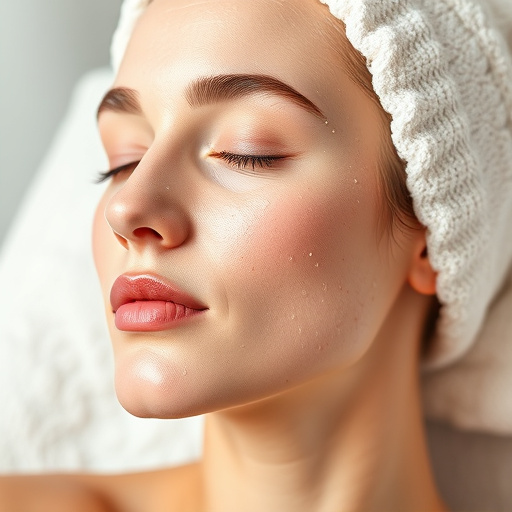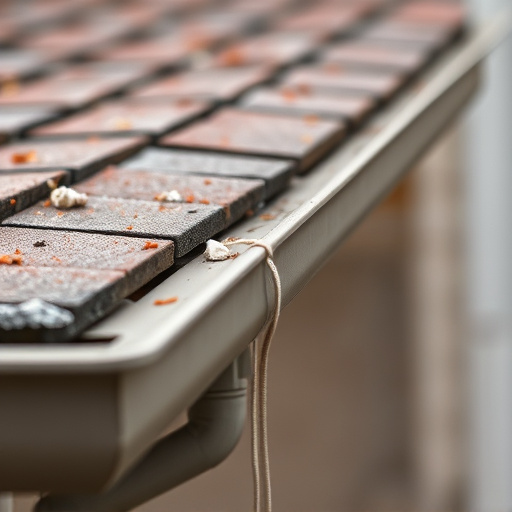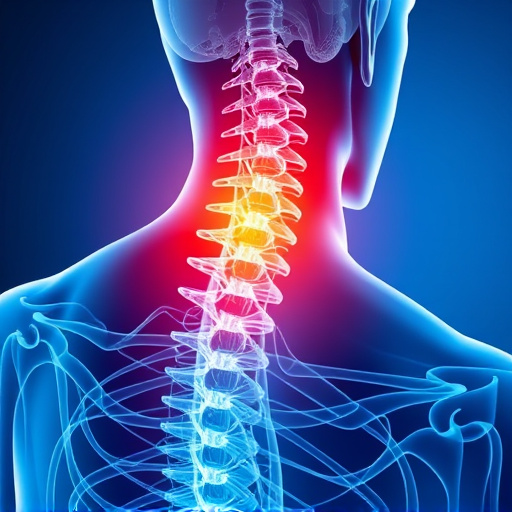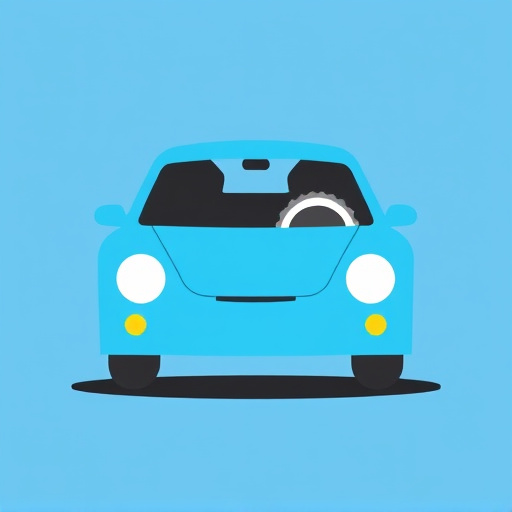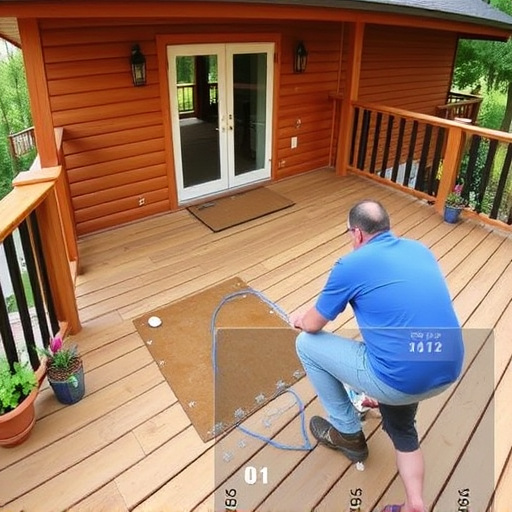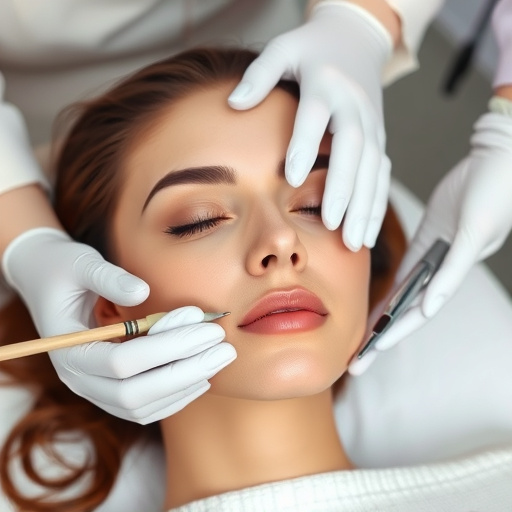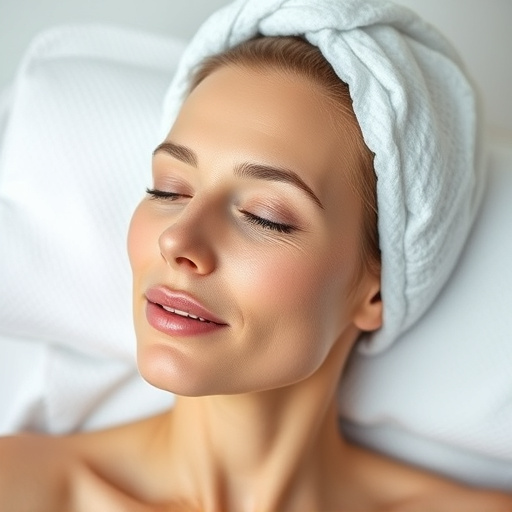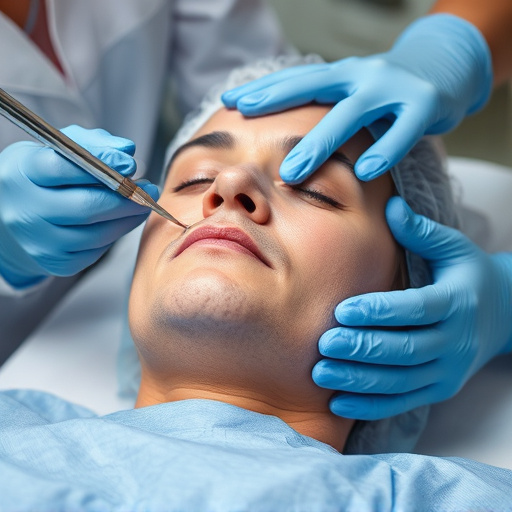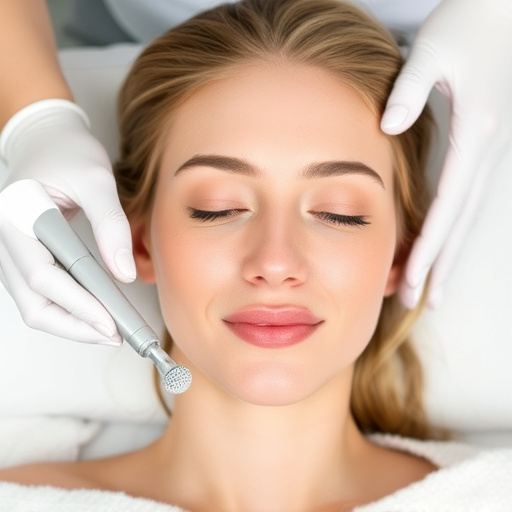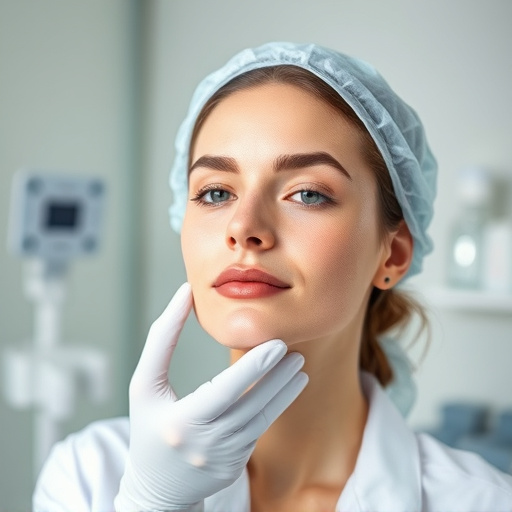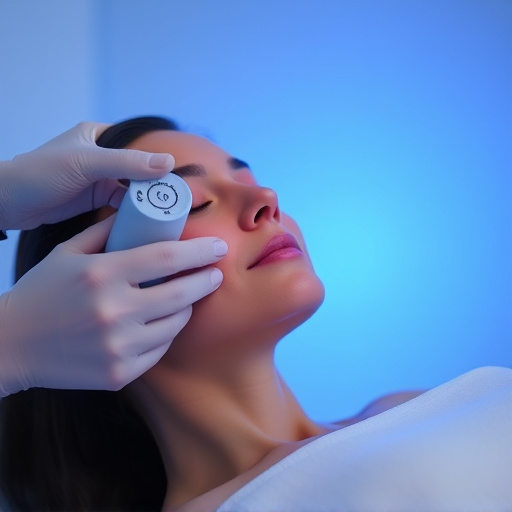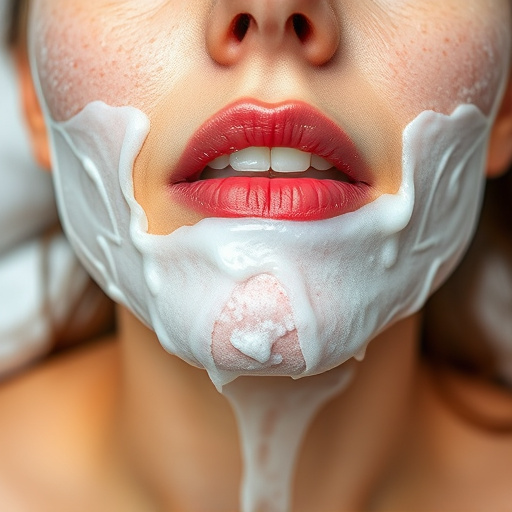Cystic acne, a severe form caused by blocked pores, excess oil, and inflammation, can be treated with professional methods including topical medications (retinoids, benzoyl peroxide), laser therapy, microneedling, and surgical procedures like excision, drainage, and injection. For resistant cases, holistic approaches (diet, hydration, stress management) alongside professional skincare services (chemical peels, microdermabrasion) offer comprehensive solutions for effective long-term cystic acne treatment.
Cystic acne, a severe form of acne affecting teens, can leave lasting scars. Understanding its causes and diagnosis is the first step towards effective management. This article explores comprehensive cystic acne treatment options, from topical medications for everyday care to surgical interventions and lifestyle changes for long-term relief. Discover how to tackle this stubborn condition and achieve clearer, healthier skin. Learn about the best practices in cystic acne treatment tailored specifically for teen skin.
- Understanding Cystic Acne: Causes and Diagnosis
- Topical Treatments for Effective Cystic Acne Management
- Beyond Topicals: Surgical and Lifestyle Interventions
Understanding Cystic Acne: Causes and Diagnosis
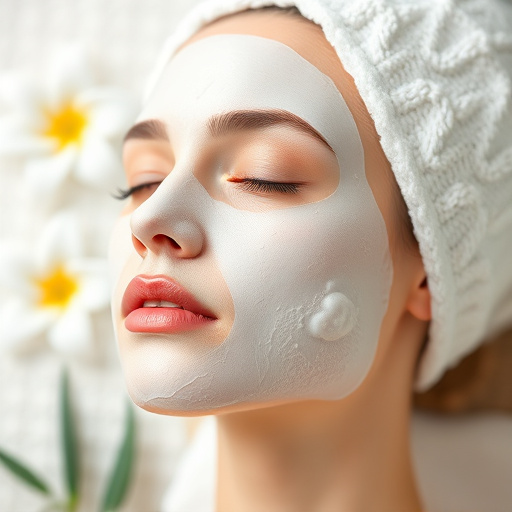
Cystic acne is a severe form of acne that goes beyond typical pimples and blackheads. It’s characterized by deep-seated lesions or cysts, which can be painful and leave permanent scars. Understanding its causes is crucial for effective treatment. This skin condition arises from a combination of factors, including blocked pores, excessive oil production, and inflammation. When sebum (skin’s natural oil) becomes trapped beneath the surface, it irritates nearby skin cells and blood vessels, leading to cyst formation.
Diagnosis involves a thorough examination by a dermatologist who may use tools like dermatoscopes or biopsies for confirmation. They’ll assess the depth of lesions, their number, and overall severity. Early detection is key as it can prevent scarring. While over-the-counter products offer some relief, professional skincare treatments are often required for effective cystic acne management. Skilled dermatologists can recommend tailored combinations of topical medications, oral antibiotics, or even innovative aesthetic treatments like laser therapy or skin rejuvenation procedures to target the root causes and promote clearer, healthier teen skin.
Topical Treatments for Effective Cystic Acne Management
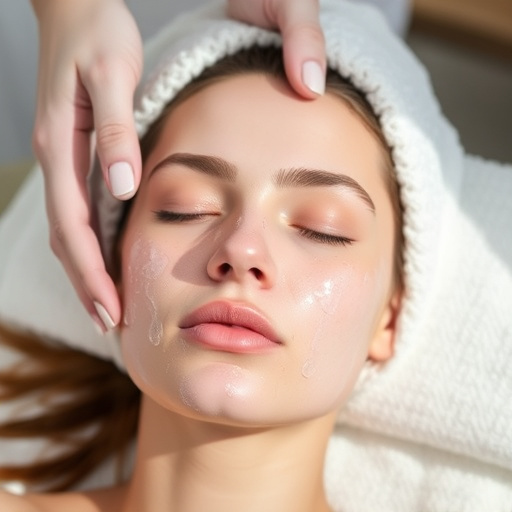
Cystic acne, known for its deep-seated and severe nature, can be a challenging condition to manage. However, various topical treatments offer effective solutions for teens dealing with this form of acne. These include medications like retinoids, which help unclog pores and reduce inflammation by speeding up skin cell turnover. Benzoyl peroxide is another popular option that kills bacteria and breaks down oil, making it useful for managing active cysts.
Additionally, topical treatments such as microneedling therapy can be beneficial. This procedure uses tiny needles to create controlled micro-injuries in the skin, stimulating collagen production and improving skin texture. While primarily known for its effects on anti-aging and body contouring, microneedling can also aid in healing acne scars, thereby improving overall skin appearance.
Beyond Topicals: Surgical and Lifestyle Interventions
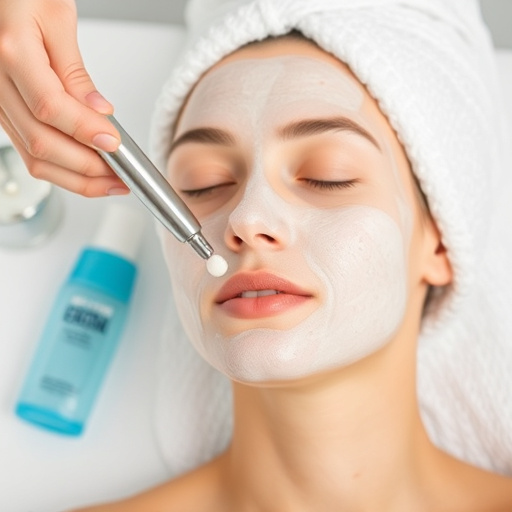
For teens dealing with severe cystic acne that doesn’t respond to topical treatments, there are several alternative approaches known as surgical and lifestyle interventions. These methods go beyond the standard skincare routine and offer comprehensive solutions. One such intervention is dermatological procedures like excision or drainage and injection, which physically remove cysts and reduce inflammation.
Lifestyle changes, often overlooked but significant in cystic acne treatment, include maintaining a balanced diet, staying hydrated, managing stress levels through exercises like yoga or meditation, and practicing good skin care hygiene to prevent further irritation. Incorporating professional skincare services, such as chemical peels or microdermabrasion, can also aid in unclogging pores, reducing scarring, and achieving clearer, brighter skin, complementing the chosen cystic acne treatment regimen.
Cystic acne, a severe form of acne affecting teens, requires a multifaceted approach. Understanding its causes and diagnosis is crucial for effective management. Topical treatments, such as retinoids and antibiotics, have proven successful in many cases. For more severe instances, surgical interventions and lifestyle modifications offer additional solutions. By combining these treatment options tailored to individual needs, teens can achieve clearer skin and boost their confidence. Remember, consistent care and a holistic approach are key to managing cystic acne effectively.
